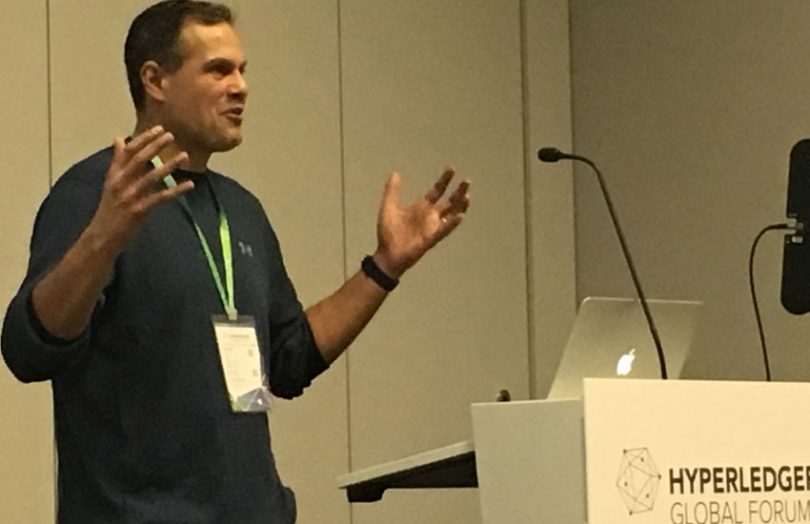Today IBM announced IBM Blockchain Platform Multicloud. The big news is that IBM’s blockchain solution now runs on other clouds, be that Azure or AWS as well as on premises.
Until recently, if you wanted to use IBM Blockchain Platform, that meant you had to use the IBM Cloud. Many enterprise networks are consortia, and even if the founding members used IBM, new participants are likely to have existing cloud deployments on other networks.
At the Hyperledger Global Forum at the end of last year, IBM Blockchain CTO Gari Singh explained. “When we started out, our distribution of Fabric, the IBM Blockchain Platform was a [IBM] cloud first solution. At the beginning that made a lot of sense because a lot of times the networks were more pilot networks or you had a single entity that was the backbone of the network.”
As networks and ecosystems have expanded and entered production, the situation is more complicated. Singh gave an example of a consortium. “We want to bring on XYZ company, but XYZ has a contract with Azure or AWS or Oracle,” he said. “How do we allow those guys to connect up a peer [node] to join the network and how can you support that?” That multi-cloud and on-premise feature is the most significant change in IBM Blockchain Platform 2.0.
Another is the IBM Blockchain code is available in containerized form using Kubernetes.
As Jerry Cuomo, IBM’s VP of Blockchain Technology said in a blog post, “now it’s time for those networks to grow anywhere.”
What is it?
But the real question is what exactly is IBM Blockchain Platform? We’ve found that there’s a lot of confusion in the marketplace. Even though IBM is an important contributor to open source Hyperledger Fabric, it is not owned by IBM. It’s not “IBM’s” Hyperledger Fabric. And the version of Fabric delivered in IBM’s Blockchain Platform is identical to the open source version, but IBM’s Blockchain Platform provides additional tooling.
That tooling aims to make it easier to build, for example, a trade finance solution or a supply chain solution. It makes it quicker to set up a basic blockchain and deploy smart contracts. There’s also an extension to Visual Studio Code the popular software that developers use for coding.
While it’s entirely possible to use Hyperledger Fabric and get it up and running yourself, the IBM tooling aims to make it easier to set up a permissioned network. That involves defining which organizations run nodes, establishing the trust and consensus models, and what the rules are for channels, which is IBM’s concept of mini private blockchains.
Enterprises need value-added services to be able to monitor data, to ensure the nodes are up and running, to check that data is backed up and to enable data to be restored.
And if different parts of the network are spread amongst a variety of cloud providers, there still needs to be one command and control center for monitoring.
Singh summed it up: “This vision is of blockchain at its best. It’s not one vendor controlling the software. It’s not one vendor controlling the cloud. It’s not one organization controlling everything. We can now actually leverage all the great things that are in Hypeledger Fabric, and we can support you wherever you need to be. And we can also help to support networks that want to work with IBM, but they have other members that don’t.”
Deployments
IBM also took the opportunity to highlight a few client projects. One is the advertising blockchain network from MediaOcean, which is in production. When it announced in June 2018 brands included Kellogg, Pfizer and Unilever.
Another example is openIDL from the American Association of Insurance Services (AAIS), which helps its 700 insurance members report statistics to regulators in 51 states.
Talking about IBM’s Blockchain Platform, Joan Zerkovich, SVP Operations, AAIS said: “The network management tools are way ahead of competitors’ offerings, and a critical aspect of what we do.”






